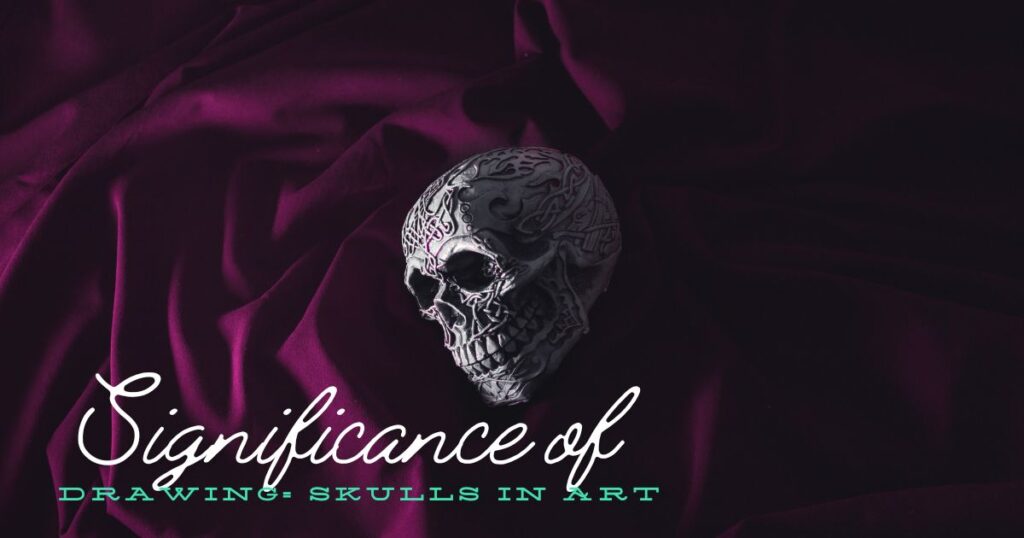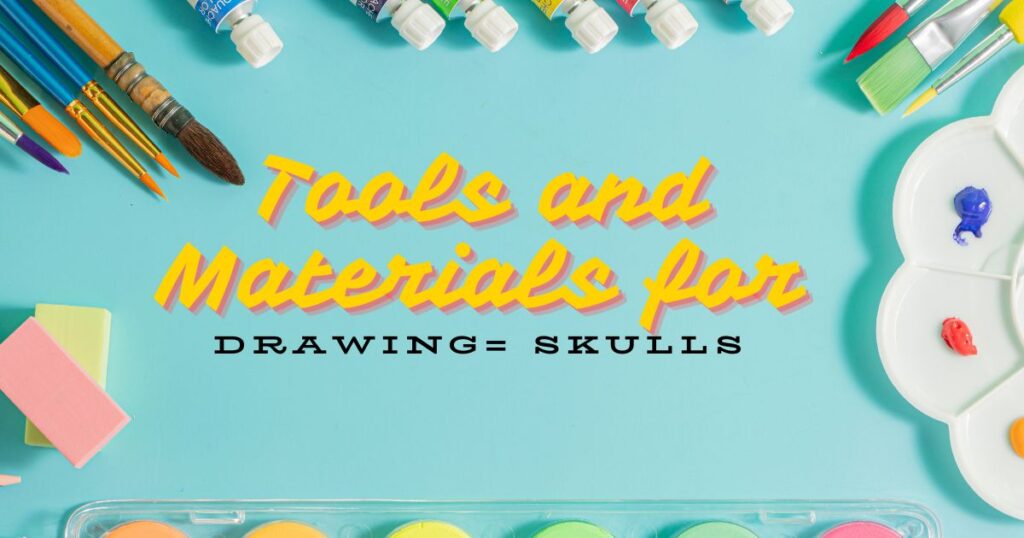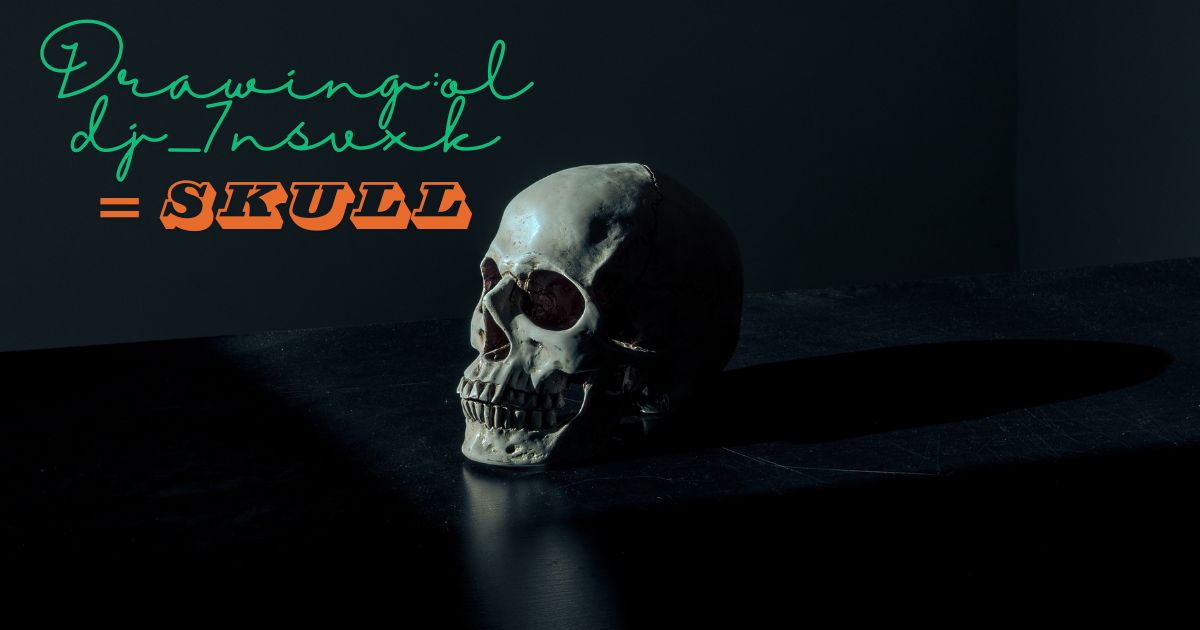In the realm of artistic expression, few subjects captivate the imagination quite like the human skull. As we delve into the intricate world of drawing:oldj_7nsvxk= skull, we embark on a journey that transcends mere anatomical representation, venturing into the depths of symbolism, creativity, and the human condition.
This comprehensive guide, tailored for our USA audience, will explore the techniques, significance, and evolution of skull drawing, offering invaluable insights for both novice and experienced artists alike.
The Significance of Drawing= Skulls in Art

The practice of drawing:oldj_7nsvxk= skull holds a unique place in the pantheon of artistic endeavors. Far more than a simple exercise in anatomical accuracy, skull artistry serves as a powerful medium for exploring themes of mortality, life, and the impermanence of existence.
In American culture, where the skull has become an iconic symbol in various subcultures, its significance in art cannot be overstated.
Anatomical study and artistic skill development
Anatomical study has long been a cornerstone of artistic development. Renaissance masters like Leonardo da Vinci meticulously dissected and drew skulls to understand the underlying structure of the human form.
This tradition continues today, with skull drawing serving as a fundamental exercise for artists honing their skills in depicting bone structure, shadows, and textures.
Symbolism in American and global art
Beyond its role in skill development, the skull as an artistic motif carries profound symbolic weight. In the context of American art, it has evolved from a memento mori in early colonial paintings to a multi-faceted symbol in contemporary works.
Artists use skull imagery to comment on societal issues, explore personal narratives, or simply create visually striking compositions.
Psychological impact and viewer engagement
The psychological impact of skull art on viewers is equally fascinating. It often elicits a visceral response, forcing contemplation of one’s own mortality while simultaneously celebrating the beauty and complexity of human anatomy.
This duality makes skull drawings particularly engaging, inviting viewers to confront deep-seated emotions and existential questions.
Contemporary relevance in USA pop culture and fine art
In the landscape of USA pop culture and fine art, the skull motif has found renewed relevance. From high-end galleries in New York to tattoo parlors in Los Angeles, artists are continually reinterpreting this age-old subject.
The skull’s versatility allows it to represent rebellion, transformation, or even whimsy, depending on the artist’s intention and context.
Techniques for Drawing= Skulls

Mastering the art of drawing:oldj_7nsvxk= skull requires a blend of technical skill and creative vision. Here are some key techniques to consider:
Understanding Skull Anatomy: Begin by studying the structure of the human skull. Familiarize yourself with its various components, from the cranium to the mandible. Knowledge of sutures, foramina, and processes will add authenticity to your drawings.
Mastering Proportions and Perspective: The skull’s complex shape demands a keen eye for proportion. Practice drawing the skull from various angles to understand how its features align and how perspective affects its appearance.
Shading Techniques for Bone Texture: Bone has a unique texture that requires specific shading techniques. Experiment with cross-hatching, stippling, and smooth gradients to capture the subtle variations in bone surface.
Creating Depth and Dimension: Use a range of values to create the illusion of depth. Pay attention to how light interacts with the skull’s contours, creating highlights and deep shadows that enhance its three-dimensional quality.
Incorporating Stylistic Elements: While anatomical accuracy is important, don’t be afraid to inject your personal style. Exaggerate certain features, add decorative elements, or experiment with unconventional color palettes to make your skull drawings unique.
Recommended Post: Understanding avatar:pji53rnkrhw= roblox: A Comprehensive Guide for US Gamers
Step-by-Step Guide to Drawing= Skulls
To help you put these techniques into practice, here’s a detailed step-by-step guide for drawing:oldj_7nsvxk= skull:
- Preliminary Sketching: Begin with light, loose strokes to establish the basic shape of the skull. Focus on getting the overall proportions correct before adding details.
- Defining Major Features: Sketch in the eye sockets, nasal cavity, and jawline. These key features will serve as anchors for the rest of your drawing.
- Adding Details: Gradually refine your sketch, adding smaller details like teeth, sutures, and foramen. Pay close attention to the subtle curves and angles that give the skull its character.
- Shading and Texturing: Start with large areas of light and shadow, then gradually build up texture using your preferred shading techniques. Remember that bone has a smooth yet slightly porous texture.
- Final Touches: Add highlights to create a sense of dimension and polish. Step back frequently to assess your work and make any necessary adjustments.
Essential Tools and Materials for Drawing= Skulls

To create compelling skull drawings, you’ll need the right tools. Here’s a list of essential supplies:
- Pencils: A range of graphite pencils from 2H (hard) to 6B (soft) will allow for varied line work and shading.
- Paper: Choose a medium-weight paper with some texture for traditional drawings. Bristol board is excellent for detailed work.
- Erasers: A kneaded eraser for lifting graphite and creating highlights, and a vinyl eraser for clean removals.
- Blending Tools: Tortillons or blending stumps for smooth gradients and soft edges.
- Reference Materials: High-quality photographs or a 3D skull model for accurate representation.
For digital artists, popular software options include Adobe Photoshop, Procreate (for iPad), and Clip Studio Paint. A graphics tablet with pressure sensitivity is also crucial for achieving natural-looking lines and shading.
Historical and Cultural Significance of Drawing= Skulls
The practice of drawing:oldj_7nsvxk= skull has deep roots in human history and culture. In the context of American art, skull imagery has played various roles:
- Native American Art: Many indigenous cultures incorporated skull motifs in their art, often as part of spiritual or ceremonial practices.
- Early American Art: Colonial-era paintings frequently featured skulls as memento mori, reminders of life’s fleeting nature.
- Tattoo Culture: The American traditional tattoo style, pioneered by artists like Sailor Jerry, often featured bold skull designs.
- Contemporary Art: Modern American artists like Georgia O’Keeffe have reinterpreted the skull, infusing it with new meaning and aesthetic value.
Globally, skull symbolism varies widely:
| Culture | Skull Symbolism |
| Mexican | Celebration of life and ancestors (e.g., Día de los Muertos) |
| Tibetan | Contemplation of impermanence |
| Hindu | Association with certain deities and spiritual practices |
| European Medieval | Reminder of mortality and the transience of earthly pleasures |
Digital Drawing= Skulls: Techniques and Technology

The digital age has revolutionized the art of drawing:oldj_7nsvxk= skull, offering new tools and techniques:
- Software Features: Programs like Photoshop and Procreate offer layers, customizable brushes, and precise control over color and texture.
- Digital Brushes: Create custom brushes that mimic traditional media or achieve unique effects specific to skull textures.
- 3D Modeling: Use 3D modeling software to create a skull reference that can be rotated and lit from any angle.
- Digital Blending: Experiment with blending modes to achieve complex textures and lighting effects.
“Digital tools have opened up new possibilities for skull art, allowing for unprecedented precision and experimentation.” – Digital Artist Jane Doe
Inspirational Examples of Drawing= Skull Artworks
To truly appreciate the diversity and potential of skull art, consider these inspiring examples:
- Georgia O’Keeffe’s “Cow’s Skull: Red, White, and Blue”: A quintessentially American interpretation of the skull as a symbol of the Southwest.
- Jean-Michel Basquiat’s skull paintings: Raw, emotive works that blend street art aesthetics with profound commentary on race and identity.
- Damien Hirst’s “For the Love of God”: A platinum cast of a human skull encrusted with diamonds, pushing the boundaries of what constitutes skull art.
Conclusion
The art of drawing:oldj_7nsvxk= skull is a rich and multifaceted practice that continues to evolve. From its roots in anatomical study to its current status as a versatile symbol in contemporary art, the skull remains a compelling subject for artists of all levels.
By mastering the techniques outlined in this guide and drawing inspiration from the rich history of skull artistry, you can create powerful, evocative works that resonate with viewers on a deep level.
As you embark on your journey of skull drawing, remember that each line and shadow is an opportunity to explore not just the intricacies of human anatomy, but also the profound questions of life, death, and the human experience.
Whether you’re sketching with traditional media or exploring digital realms, the skull offers endless possibilities for artistic expression and personal growth. The future of skull drawing in the American art scene is bright, with new technologies and evolving cultural perspectives continually refreshing this timeless subject.
As you develop your skills and find your unique voice in skull artistry, you contribute to a rich tradition that spans centuries and cultures. So pick up your pencil—or stylus—and begin your exploration of this fascinating artistic frontier.

Hello, I’m Matthew, an author at GenRealRedar, where I explore the dynamic worlds of Lifestyle, Tech, Gaming, and Travel. My articles are designed to offer insightful and engaging content, breaking down complex topics into easily digestible reads for a broad audience. Stay tuned on GenRealRedar.com for fresh perspectives and the latest updates on all things tech, lifestyle, and beyond.

